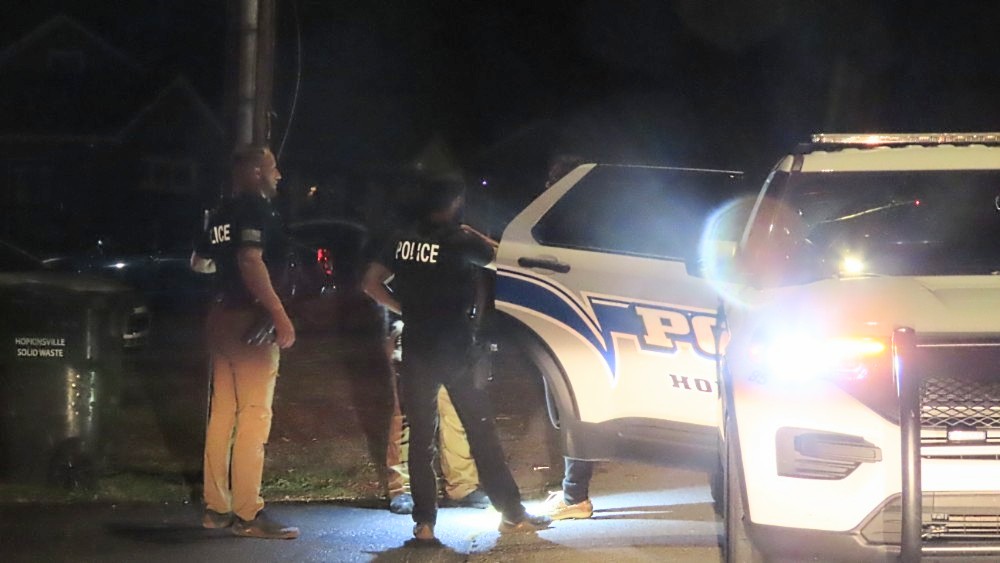
On June 11, the state of Kentucky and its health officials reported there were less than 600 active cases of COVID-19 in the Commonwealth.
In fact, for the month of June, only 2,414 cases were reported statewide.
Going into September, however, those numbers have only continued to increase.
According to the “Team Kentucky” and Kentucky Public Health online dashboard, more than 5,400 cases were reported in July, and more than 14,500 were reported between August 1 and August 26 — with a final week remaining in the month.
In that August timeline:
— Todd County has reported 27 new cases;
— Christian County has reported 239 new cases;
— Trigg County has reported 47 new cases;
— Caldwell County has reported 52 new cases;
— Lyon County has reported 38 new cases;
— And Crittenden County has reported 11 new cases.
Among the highest incidence rates in Kentucky over the last month, in order, are 0-to-4 years old, 12-to-15 years old, 16-to-17 years old and then 5-to-11 years old. The fifth-highest incidence rate stems from those aged 75-to-84.
One could extrapolate this is school-aged children returning to the classroom, who then carry it to family members.
Two school districts in Kentucky — Magoffin and Lee counties — closed for NTI days late last week due to COVID-19, influenza and other mixed health concerns, and that remains as a potential response for public schools across the state.
Earlier this week and per the Center for Disease Control and Prevention, 25% of the country’s wastewater testing sites have reported a large increase in COVID-19 viral levels in the past two weeks, and the country has recorded a 21.4% increase in deaths and a 21.6% increase in hospital admissions in the last seven days — all attributable to the disease.
Hospitalizations, the CDC reports, have nearly doubled in the last month-plus, and there were 15,000 in admittance for the week ending August 19 alone.
Through recent blood screening, the CDC estimates roughly 97% of the US has some level of immunity to COVID-19, based on vaccination and infection rates. Rapid testing, anti-viral treatment, ventilated spaces, filtered air and masking also help reduce transmission.
The research on long, and repeated, COVID-19 infections, however, continues to develop, and both long COVID and long flu have serious implications.
National officials indicate that staying vaccinated, sticking with what works and staying home if positive remain as effective measures.





